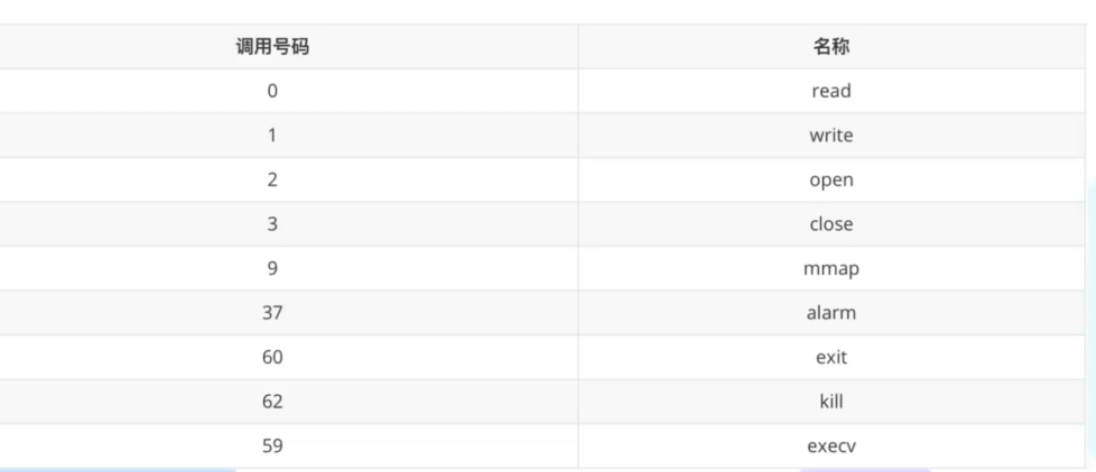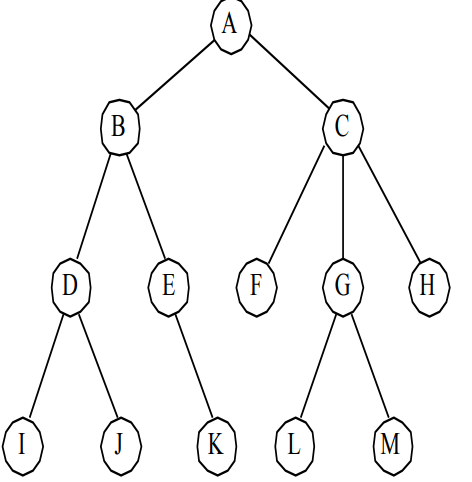题意描述
有一个长度为 \(N(2\le N \le 10^6)\) 的数组,一开始所有元素均为 \(0\)。
设 \(M\) 为当前数组中的最大元素,\(m\) 是当前数组中的最小元素,你可以执行若干次以下操作:
- 选择一个大小为 \(m\) 的元素,把他变为 \(x\),其中 \(M\le x \le M+D\) 且 \(m<x\)。
求有多少种操作方法使得数组中的所有元素均为 \(H\),对 \(10^9+7\) 取模。
\(1\le D\le H\le10^6\)。
题解
本题是一道十分 NB 的提前计算题。发现不好记录最小元素的状态,我们转而考虑记录最大元素的。定义 \(dp(x,y)\) 表示当前最大元素为 \(x\),最大元素数量为 \(y\)。尽管我们记录的是最大元素,但它总会在后面变成最小元素,我们只要现在将贡献统计就好了。而最小元素的贡献实际上就是它的排列数(即我们取它的方案数)。转移见下图即可明了:
\(N=4,H=4,D=1\) 时,方案数等价于以下图的 \((0,4)→(4,4)\) 的路径条数:
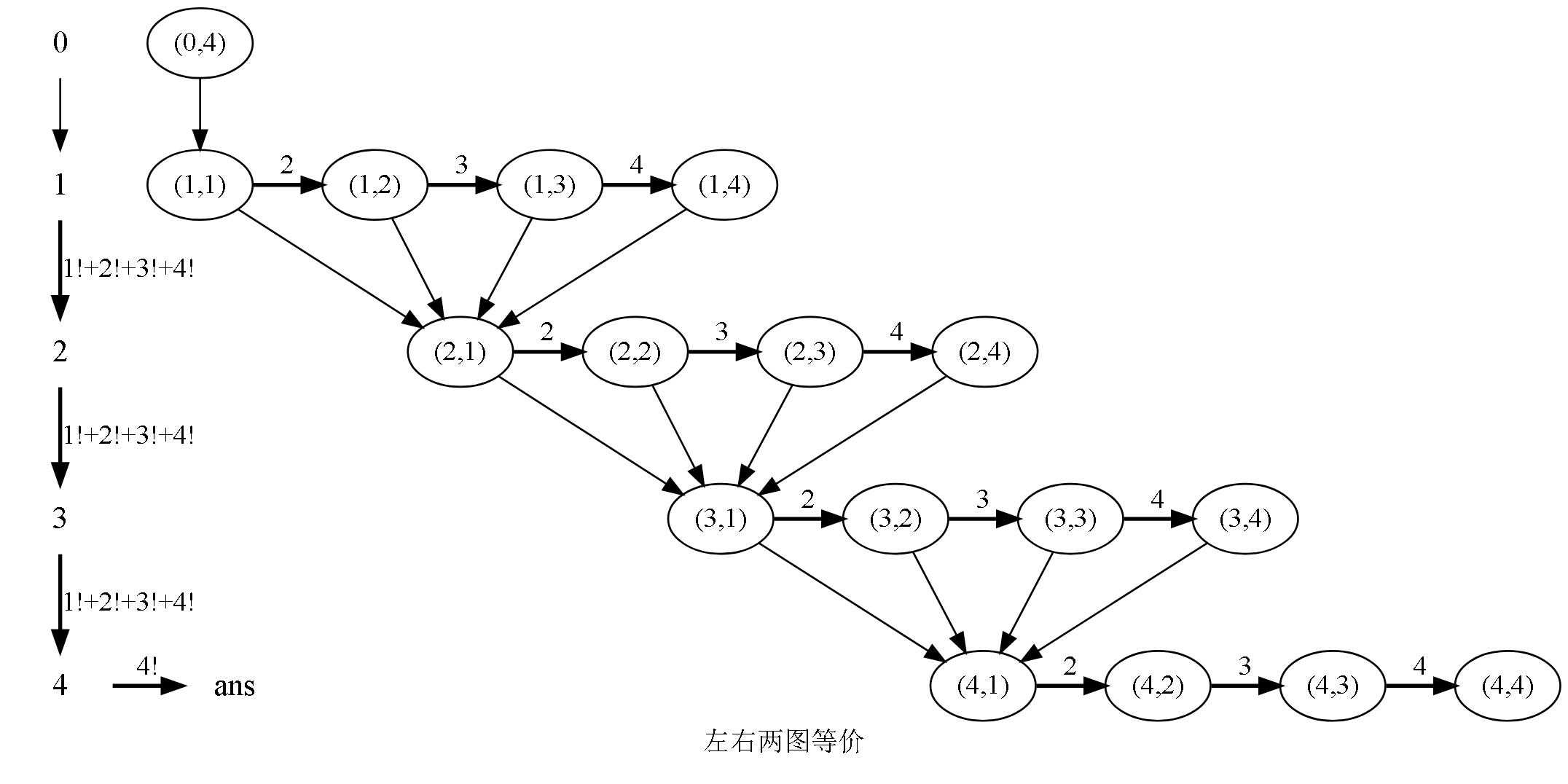
\(N=4,H=4,D=2\) 时,方案数等价于以下图的 \((0,4)→(4,4)\) 的路径条数:

直接转移即可。时间复杂度 \(\mathcal O(n)\)。
代码
#include <bits/stdc++.h>
using namespace std;using ci = const int;using u32 = uint32_t;
using i64 = int64_t;
using u64 = uint64_t;const int mod = 1e9 + 7;constexpr inline int dil(int x) { return x >> 31 ? x + mod : x; }struct Module {using cm = const Module;int v;constexpr Module() : v() {}constexpr Module(int _v) : v(_v) {}friend constexpr Module operator+(cm &x, cm &y) {return dil(x.v + y.v - mod);}friend constexpr Module operator-(cm &x, cm &y) {return dil(x.v - y.v);}friend constexpr Module operator*(cm &x, cm &y) {return static_cast<u64>(x.v) * static_cast<u64>(y.v) % mod;}constexpr void operator+=(cm &o) { *this = *this + o; }constexpr void operator-=(cm &o) { *this = *this - o; }constexpr void operator*=(cm &o) { *this = *this * o; }
};const int N = 1e6 + 5;int n, d, h;
Module fct[N], f[N];int main() {
#ifdef LOCALfreopen(".in", "r", stdin);freopen(".out", "w", stdout);
#endifcin >> n >> h >> d;fct[0] = 1;for (int i = 1; i <= n; ++i) fct[i] = fct[i - 1] * i;f[0] = 1;Module sum = 0, tot = 1;for (int i = 1; i <= n; ++i) sum += fct[i];for (int i = 1; i <= h; ++i) {tot += (f[i] = tot) * sum;if (i >= d) tot -= f[i - d] * (i == d ? 1 : sum);}cout << (fct[n] * f[h]).v;return 0;
}
参考链接
https://www.cnblogs.com/frank3215/p/diverta2019-2E.html (图片也是这里贺的)

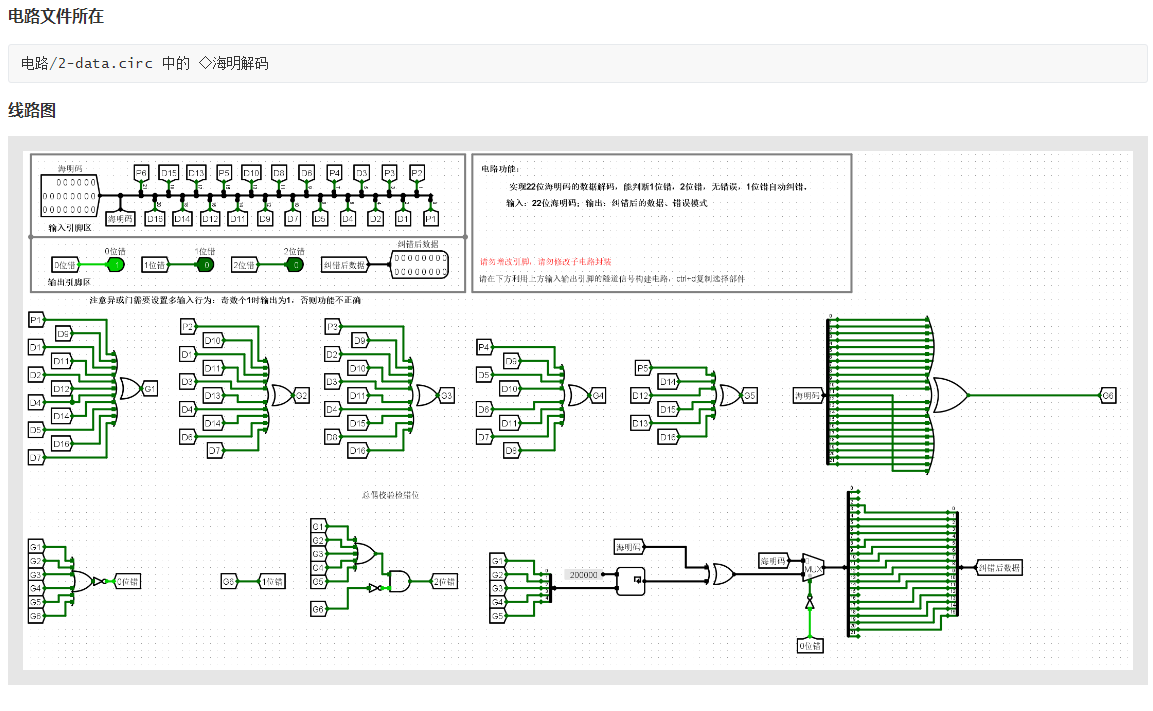
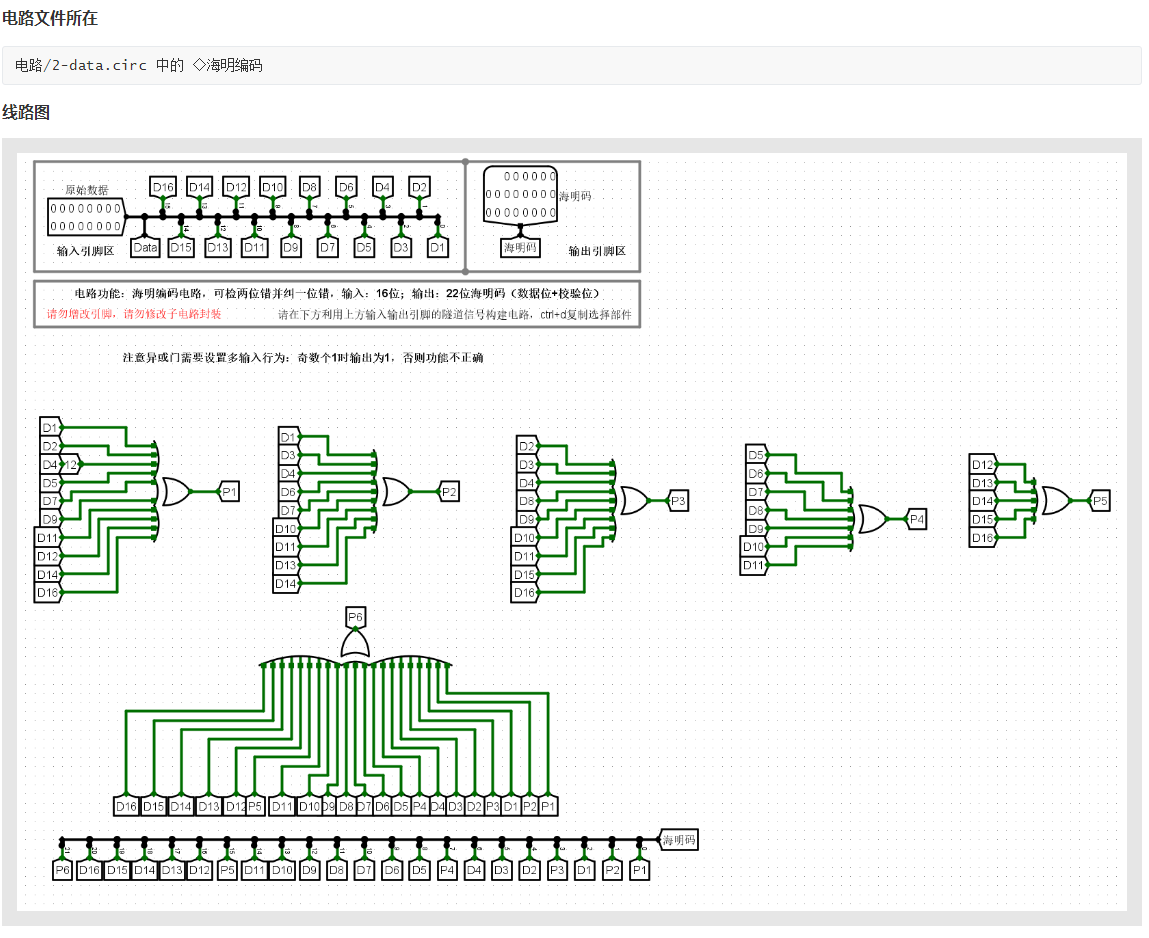




![[Paper Reading] Fusing Monocular Images and Sparse IMU Signals for Real-time Human Motion Capture](https://img2024.cnblogs.com/blog/1067530/202411/1067530-20241112154402566-173245872.png)


